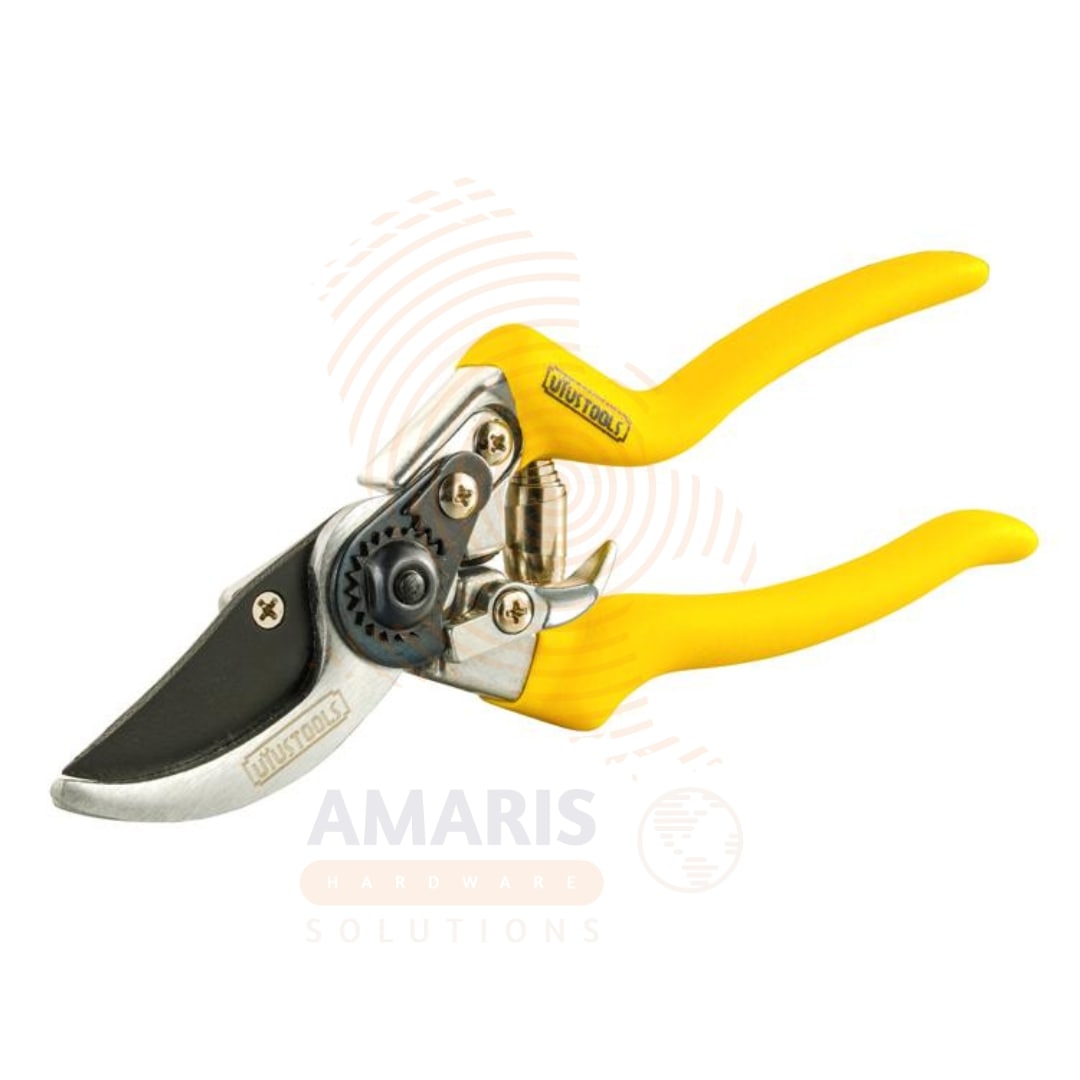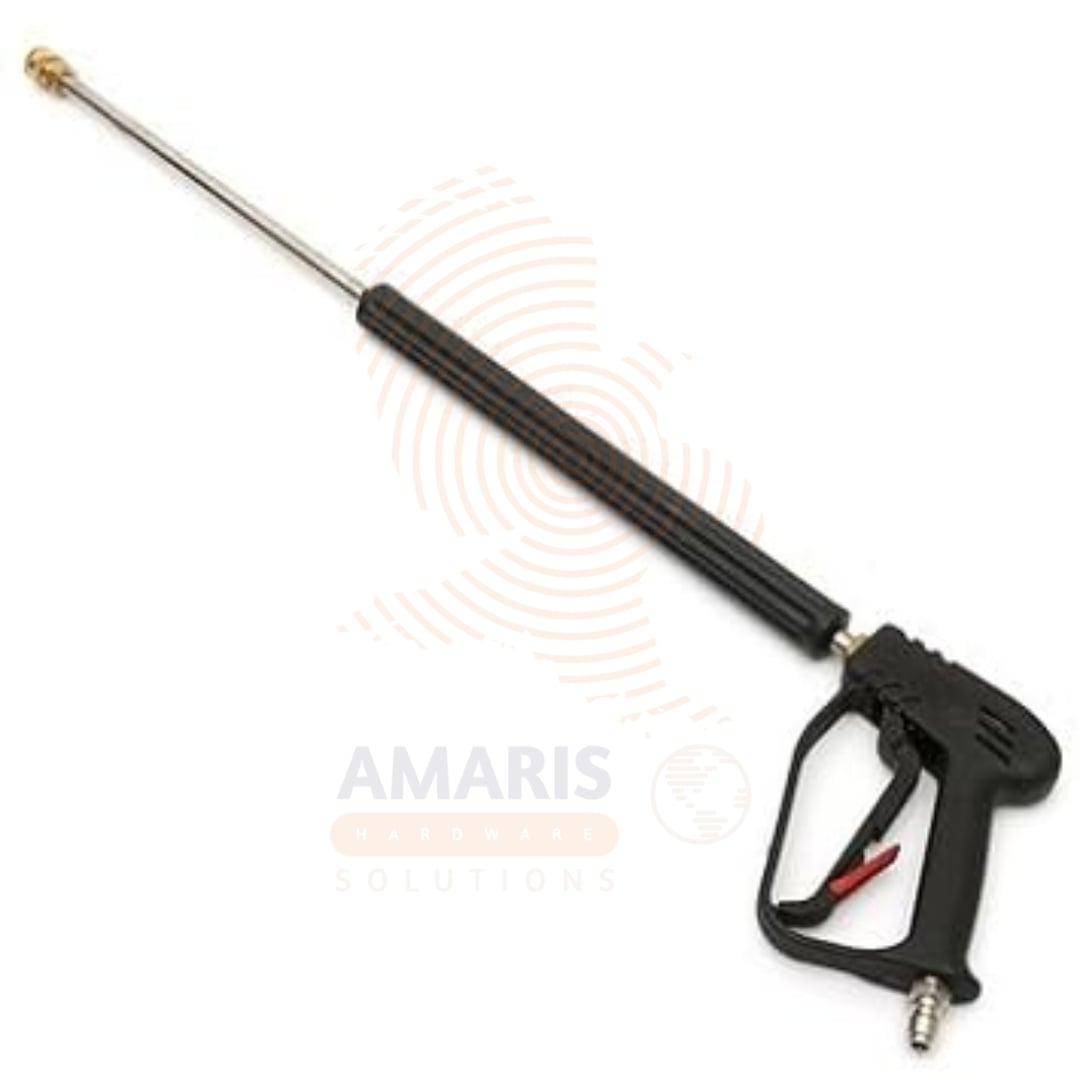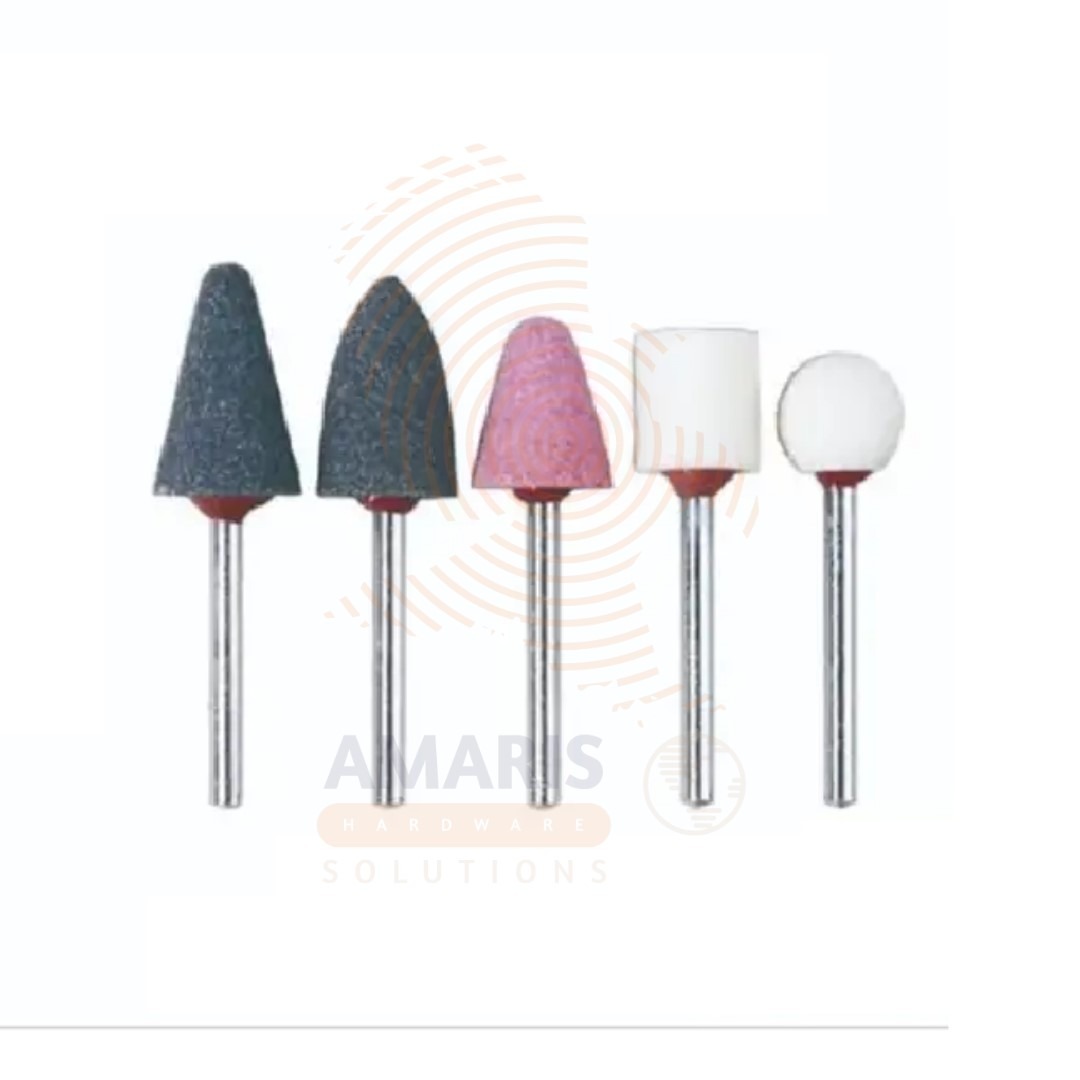When it comes to gardening, the lawn saw blade might not be the first tool that springs to mind. Most people think of rakes, shovels, or even the trusty old lawnmower. But let me tell you, the lawn saw blade deserves a spot in the spotlight. This unassuming hardware tool packs a punch that can turn a tangled garden into a beautifully manicured oasis. Let’s dive into the world of lawn saw blades and discover why they’re the unsung heroes of the garden shed.
The Anatomy of a Lawn Saw Blade
At first glance, a lawn saw blade might look like just another sharp, shiny piece of metal. But a closer inspection reveals its true magic. Typically, these blades are designed with a combination of serrated teeth and a sturdy, ergonomic handle. The teeth, often curved like a saw, are crafted to tackle tough branches and dense foliage, making short work of overgrown shrubs and trees.
- Teeth of Steel: The serrated teeth of a lawn saw blade are engineered to handle tough cuts. They’re not just for show—each tooth is carefully designed to grip and slice through wood with precision.
- Handle with Care: A good lawn saw blade has an ergonomically designed handle that fits comfortably in your hand, providing a secure grip even when the blade is working hard. Some handles come with additional features like vibration reduction or cushioned grips to reduce hand fatigue.
- Blade Material: Most lawn saw blades are made from high-quality steel or carbon steel. These materials are chosen for their durability and sharpness, ensuring that the blade remains effective for a long time.
Why Your Garden Needs a Lawn Saw Blade
Now, you might be wondering, “Why should I invest in a lawn saw blade when I already have a pruner and a hedge trimmer?” Here’s why this tool is worth its weight in gold:
- Versatility: Lawn saw blades are incredibly versatile. They can handle everything from small branches to larger limbs, making them perfect for various gardening tasks. Whether you’re shaping bushes or clearing fallen branches, this tool has got you covered.
- Efficiency: With its sharp, serrated teeth, a lawn saw blade cuts through wood effortlessly. This efficiency saves you time and energy compared to other tools, which might struggle with tougher materials.
- Precision: The design of the lawn saw blade allows for precise cuts. This precision is particularly useful when you’re working on delicate tasks, like shaping ornamental shrubs or removing dead branches without damaging the surrounding foliage.
- Durability: A well-maintained lawn saw blade can last for years. The high-quality materials and sturdy construction mean that this tool can withstand the rigors of heavy use, making it a smart investment for any gardener.
Tips for Using Your Lawn Saw Blade
To get the most out of your lawn saw blade, here are some tips to keep in mind:
- Choose the Right Blade: Make sure you select a blade that suits your needs. For example, a blade with smaller teeth might be better for delicate work, while larger teeth are ideal for tougher cuts.
- Keep It Sharp: A sharp blade is a safe blade. Regularly sharpen your lawn saw blade to maintain its effectiveness and extend its lifespan.
- Use Proper Technique: When cutting, use smooth, steady strokes. Let the blade do the work, and avoid forcing it through the material. This technique will ensure cleaner cuts and reduce the risk of injury.
- Clean and Store: After use, clean the blade to remove any sap or debris. Store it in a dry place to prevent rust and ensure that it’s ready for your next gardening adventure.
A Tool with a Legacy
Lawn saw blades have been around for decades, and their legacy is built on their reliability and efficiency. They’ve been the trusty sidekick of gardeners, landscapers, and outdoor enthusiasts alike. Their ability to transform overgrown spaces into beautiful landscapes is nothing short of remarkable.
So, next time you’re in your garden shed, give that lawn saw blade a second look. It might just be the secret weapon you didn’t know you needed. Embrace its power, and watch your garden flourish like never before. Happy gardening!















Add comment